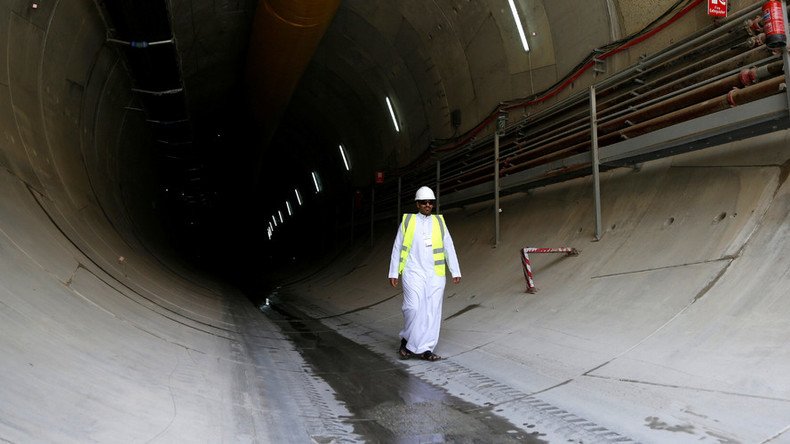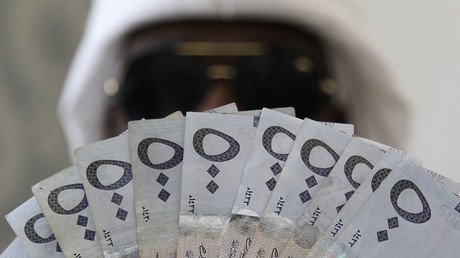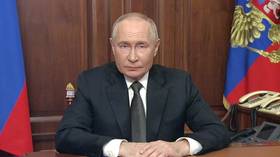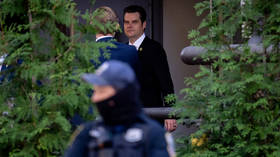Saudi firms face rising borrowing costs as key rate triples

The hike in the Saudi Interbank Offered Rate (Saibor) from 0.8 to 2.3 percent this year will prompt an inevitable “liquidity squeeze in the market,” hitting Saudi companies with increased borrowing costs, according to Al Rajhi Capital.
“It is only a matter of time before the borrowing costs start increasing unless the benchmark rates comes down in the medium term, which is unlikely given the liquidity situation and expected upward trajectory of US Fed rates, even at a slower pace,” said Pritish Devassy, a senior research analyst at Al Rajhi Capital, as quoted by Business Insider.
READ MORE: Saudi Arabia will face cash crunch soon – expert
The corporations with high leverage and low profitability are likely to be most affected. These include companies in the industrial, building and construction, agricultural and food sectors. Cement and telecom sectors are expected to avoid the damage.
“We believe the impact is noteworthy given the challenging operating environment and as companies are still trying to adjust to lower subsidies and higher energy costs announced by the government early this year,” the expert wrote.
Saudi companies are struggling with weaker consumer demand and the need to curb prices, as well as lower government spending and reduced energy subsidies.
Nearly all sectors in the #Saudi economy have seen a slowdown in Q1 2016 according to Jadwa #KSApic.twitter.com/KFSRRRykpd
— Ollie Cornock (@OllieArabia) August 1, 2016
In April, the kingdom unveiled the Vision 2030 plan aimed at diversifying the economy to minimize the country's reliance on oil. Riyadh announced plans to raise its share of non-oil exports in non-oil GDP from 16 percent to 50 percent.
READ MORE: Moody's downgrades Saudi Arabia
In the first quarter the country’s economy grew just 1.5 percent, its slowest rate in 13 years. The non-oil private sector gained 0.2 percent year-on-year, the smallest increase in about 25 years. The construction sector fell 1.9 percent against the same period last year.
To raise money with oil revenues sliding, Saudi Arabia tapped the international bond market for the first time in its history.













